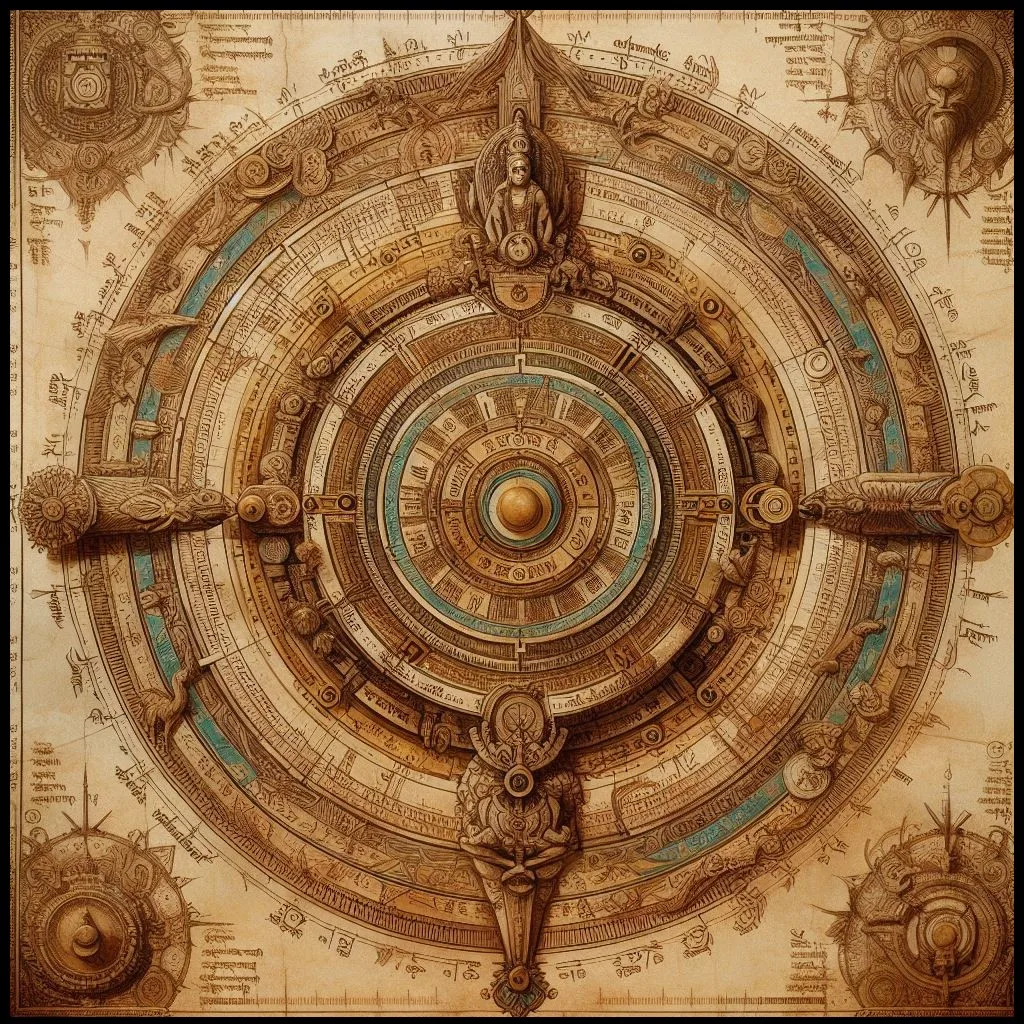
Introduction Beyond North, South, East, and West: Unveiling the 10 Directions of Vastu Shastra
Home – Digital Civil Engineer
Vastu Shastra, an ancient Indian architectural science, emphasizes the harmonious alignment of physical spaces with cosmic energies. While most people associate Vastu with the cardinal directions (North, South, East, and West), there is a deeper understanding that includes ten directions. Let’s explore this fascinating aspect of Vastu.
The Four Cardinal Directions
- North (Uttara): Associated with wealth, prosperity, and career growth, the North direction is considered auspicious. Placing important rooms like the puja room or study in this direction can enhance positive energy.
- South (Dakshina): The South direction represents stability, strength, and fame. Bedrooms and heavy furniture are often placed here to ground the energy.
- East (Purva): The East direction symbolizes enlightenment, knowledge, and new beginnings. The entrance or living room facing East invites positive vibes.
- West (Paschima): West signifies creativity, emotions, and relationships. Bedrooms or spaces for relaxation are often oriented towards the West.
The Six Additional Directions
- Northeast (Ishanya): The sacred corner where the North and East directions meet. It is associated with spirituality, meditation, and growth. Placing a puja room or water feature here is considered auspicious.
- Northwest (Vayavya): The junction of North and West. It represents social connections, networking, and business partnerships. Ideal for guest rooms or meeting areas.
- Southeast (Agneya): The intersection of South and East. Agneya is linked to fire, energy, and passion. Kitchens or home offices thrive in this direction.
Learn more about
- Southwest (Nairutya): The merging of South and West. Nairutya governs stability, longevity, and ancestral blessings. Master bedrooms or heavy storage areas find their place here.
- Upper (Urdhva): The vertical direction above us. It influences our thoughts, aspirations, and spiritual growth. Avoid clutter in this space.
- Lower (Adhah): The downward direction. It relates to practical matters, foundations, and stability. Basements or storage areas align with Adhah.

Beyond North, South, East, and West: Unveiling the 10 Directions of Vastu Shastra
Vastu Shastra, the ancient Indian system for designing harmonious living spaces, places great importance on directions. But did you know Vastu recognizes not just the four cardinal directions (north, south, east, and west) we typically use, but a whole compass of ten?
The Four Pillars and the In-Betweens : Beyond North, South, East, and West: Unveiling the 10 Directions of Vastu Shastra
The four cardinal directions form the foundation of Vastu’s directional framework. Each is associated with specific energies and elements:
- East (Purva): Represents sunrise, new beginnings, and positivity.
- South (Dakshin): Governs fame, recognition, and ancestral lineage.
- West (Paschim): Associated with peace, relationships, and children.
- North (Uttar): Symbolizes wealth, prosperity, and career growth.
But Vastu delves deeper, incorporating the subtle zones between these cardinal points. These four sub-directions are: Beyond North, South, East, and West: Unveiling the 10 Directions of Vastu Shastra
- Northeast (Eeshanya): The domain of spirituality, knowledge, and mental well-being.
- Southeast (Agneya): Represents fire, transformation, and passion.
- Southwest (Nairutya): Governs relationships, desires, and physical intimacy.
- Northwest (Vayavya): Associated with air, movement, and travel.
The Final Two: Above and Below : Beyond North, South, East, and West: Unveiling the 10 Directions of Vastu Shastra
Vastu’s directional system goes beyond the earthly plane. It acknowledges two additional directions:
- Upward (Dyaus): Represents the heavens, divine connection, and higher consciousness.
- Downward (Patala): Symbolizes the underworld, ancestral connections, and grounding energy.
Why Ten Directions? : Beyond North, South, East, and West: Unveiling the 10 Directions of Vastu Shastra
By considering these ten directions, Vastu Shastra offers a more nuanced understanding of how energy flows within a space. Each zone carries a unique influence, and strategically placing rooms and objects according to their energy can enhance peace, prosperity, and well-being in a dwelling.
Exploring the Benefits Beyond North, South, East, and West: Unveiling the 10 Directions of Vastu Shastra
Understanding the ten directions of Vastu Shastra can empower you to:
- Create a more balanced and harmonious living environment.
- Enhance the flow of positive energy in your home.
- Optimize the placement of rooms for specific purposes.
- Improve the overall well-being of your family.
Taking Action Beyond North, South, East, and West: Unveiling the 10 Directions of Vastu Shastra
If you’re interested in incorporating Vastu principles into your home, here are some steps to get started:
- Consult a Vastu expert: A qualified Vastu consultant can assess your specific space and provide personalized guidance.
- Research the directional influences: Learn about the energies associated with each of the ten directions.
- Make mindful adjustments: Consider rearranging furniture, placing objects strategically, or even making minor structural changes to align with Vastu principles.
Remember, Vastu is not a set of rigid rules, but rather a guide to creating a space that supports your well-being. By embracing the concept of ten directions, you can unlock a deeper understanding of energy flow and create a truly harmonious haven in your home.
Digital Civil Engineer | Janjgir | Facebook
Balancing the Directions
In Vastu, achieving harmony among these ten directions is crucial. Imbalances can lead to negative energies affecting health, relationships, and success. Regular cleansing rituals, proper placement of objects, and mindful design contribute to a balanced living environment.
Remember, Vastu Shastra is not just about physical structures; it’s about aligning our lives with cosmic forces. By respecting all ten directions, we create a harmonious space that nurtures our well-being.
Feel free to explore further and delve into the intricate details of Vastu Shastra.
